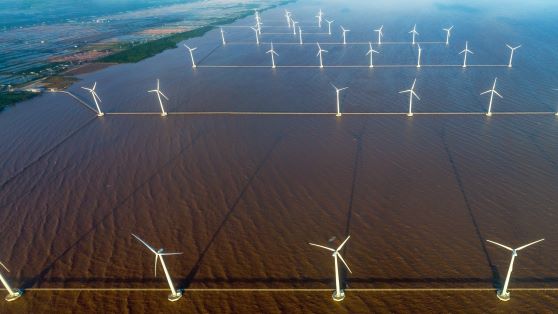Energy Modelling Lab cooperated to create scenarios for the development of the energy sector from 2020 to 2050. The scenarios showed that it would be possible for Vietnam to reach the goal of zero net emissions by 2050. The green transition could be implemented without slowing economic growth. The major findings were that wind and solar energy are cheaper long-term solutions than coal and gas and that Vietnam could obtain self-sufficiency in energy. Implementing a green transition would also have the benefit of savings on the healthcare budget.
The scenarios were fostered by using advanced mathematical modelling. We updated the energy system model TIMES with data on Vietnam and developed the model TIMES-Vietnam. The TIMES-Vietnam connects data from all relevant sectors from energy and heating to transport, industry, and health, creating a full picture including interconnections and synergies.
The TIMES model is internationally recognized and developed by an IEA working group.
Energy Modelling Lab cooperated with Ea Energy Analyses, E4SMA, the Institute of Energy, Aarhus University, and the Vietnamese authorities. The project was part of the Framework contracts with Global Cooperation at the Danish Energy Agency.











